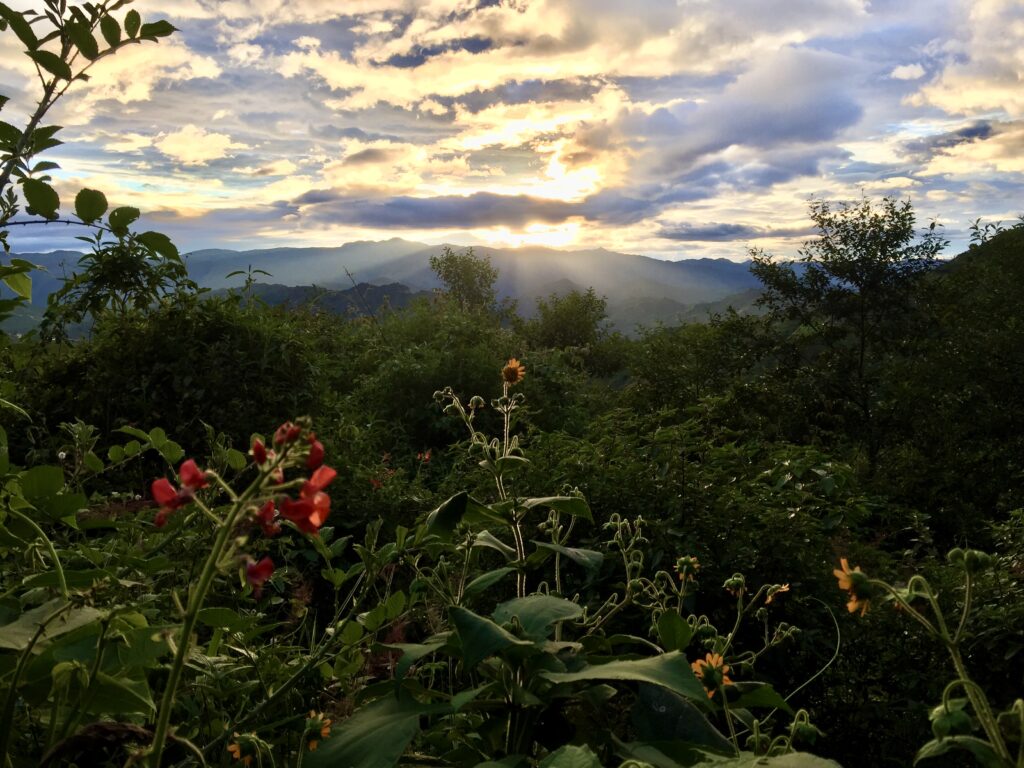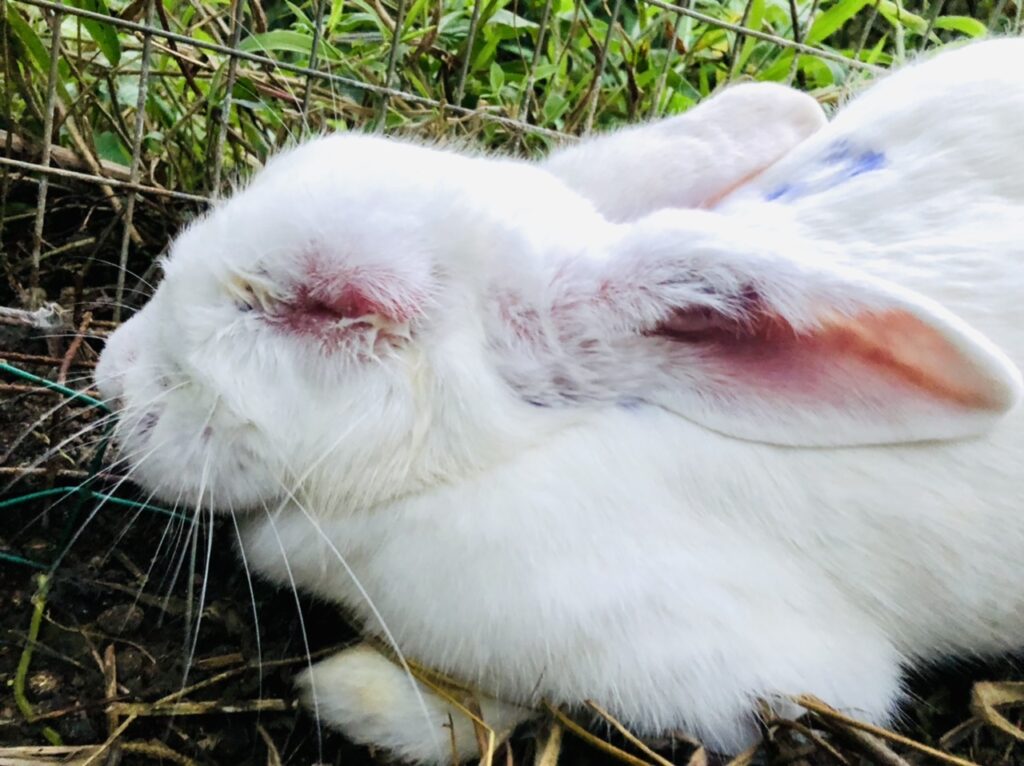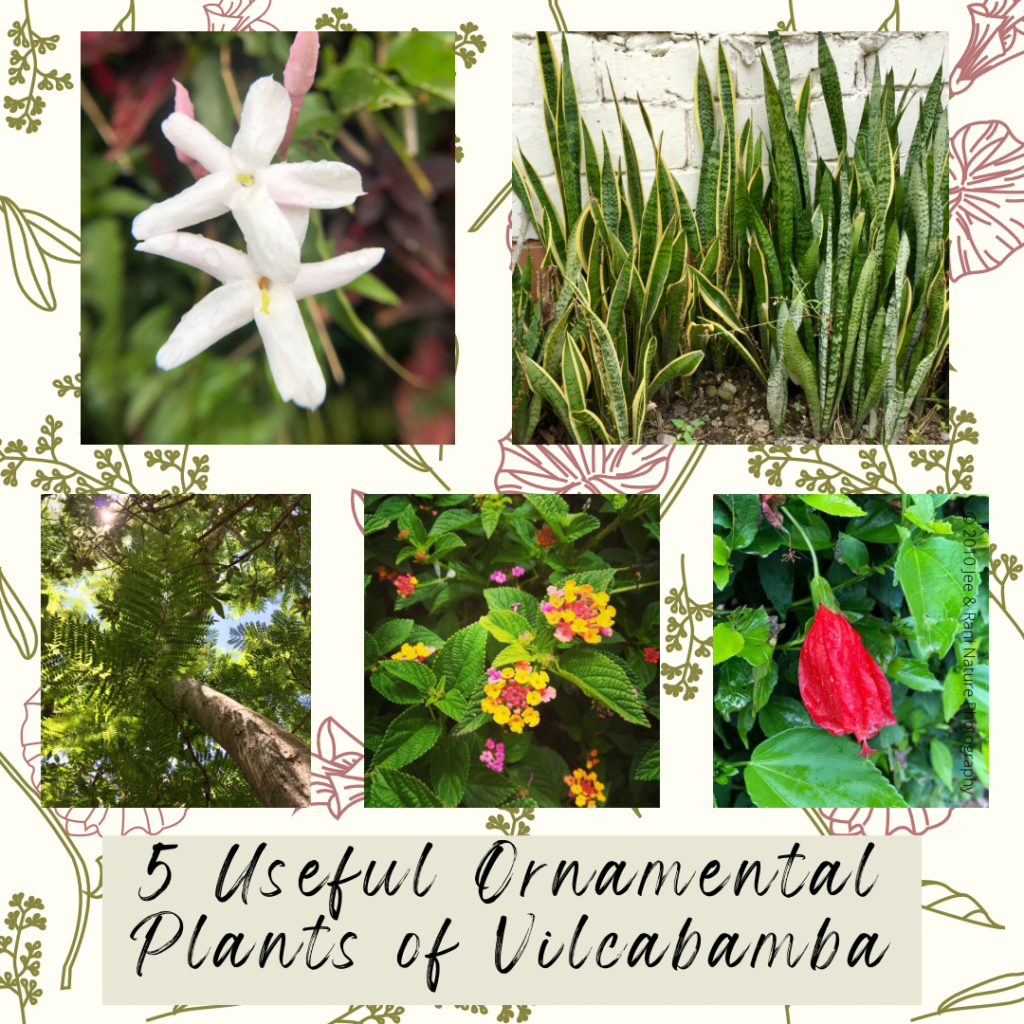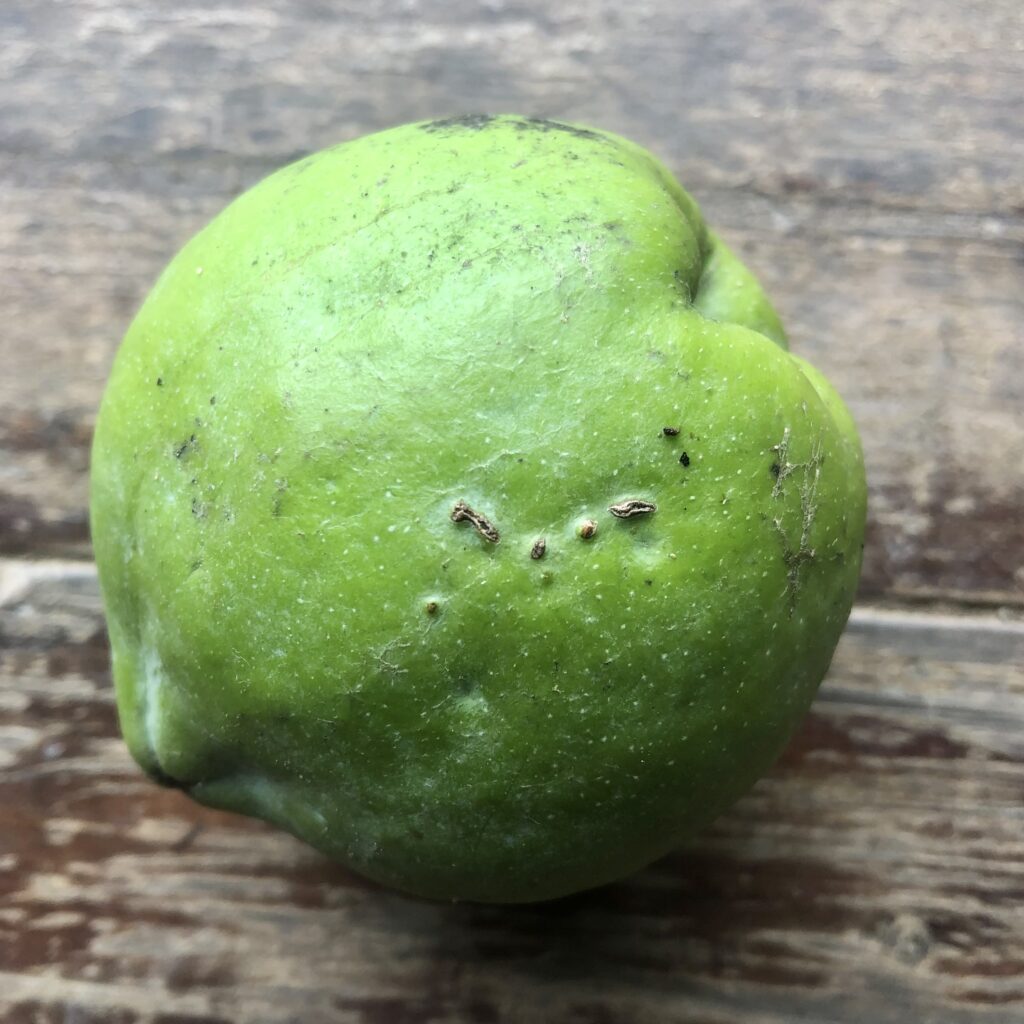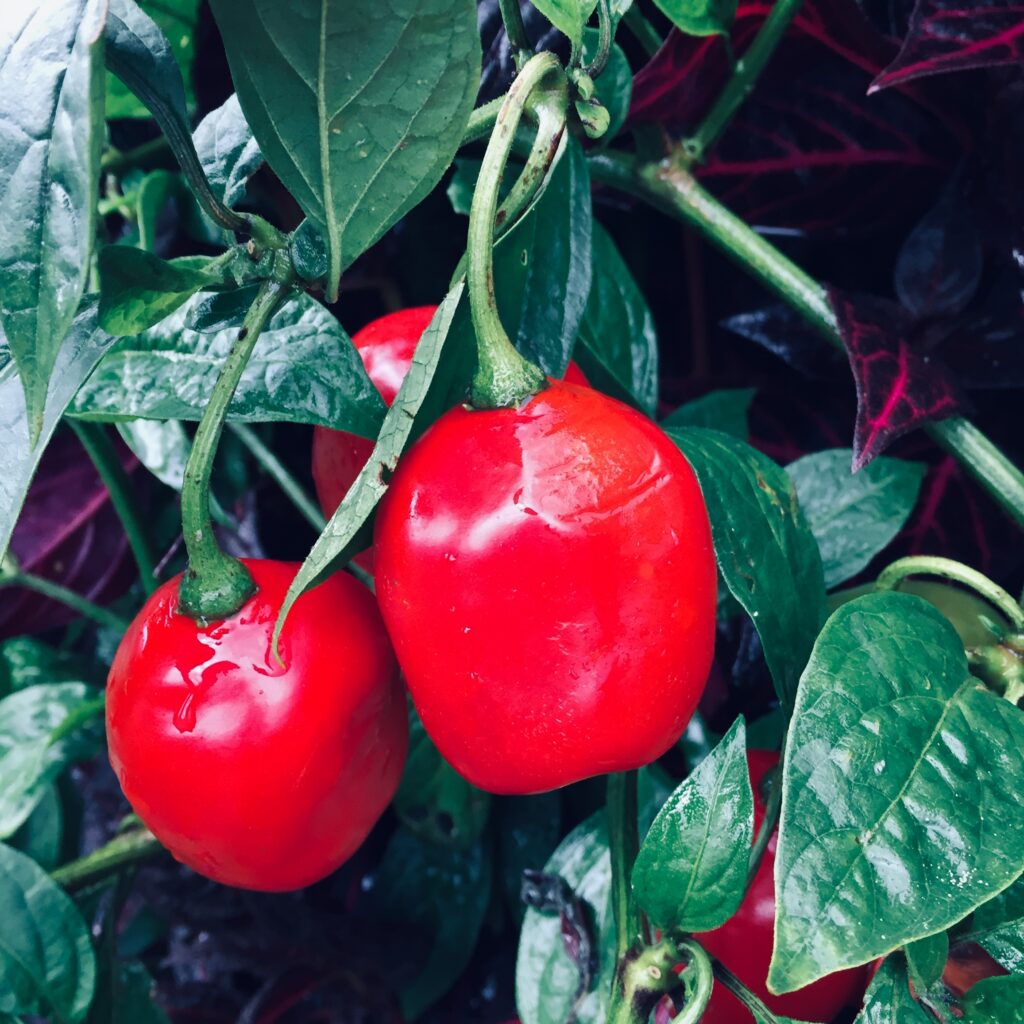15 Edible Ground Covers for Your Yard & Garden
If you’re looking to reduce your grocery bill, add beauty and intrigue to your yard, or swap out your lawn for something lower maintenance, then edible ground covers are for you. Plant these low-growing flowers, herbs, and veggies along paths and walkways, in your lawn as a grass-alternative, or as a “living mulch” in your […]
15 Edible Ground Covers for Your Yard & Garden Read More »


